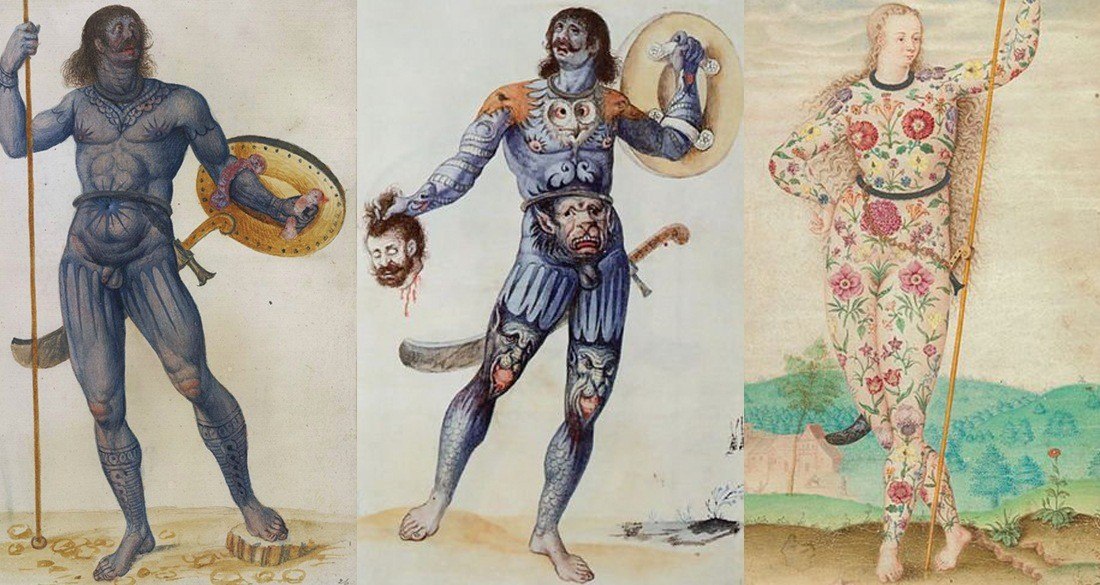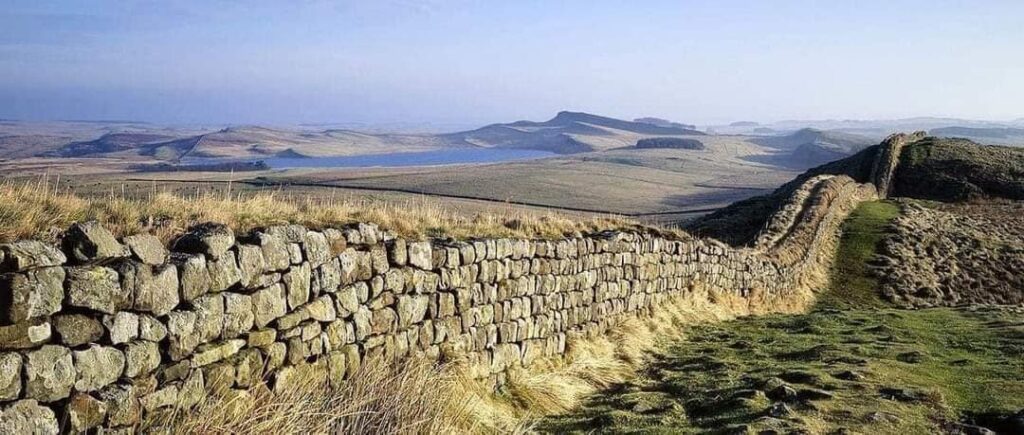Introduction
The Roman Empire, at the height of its power, stretched across vast territories, encompassing diverse cultures and peoples. One of the most remarkable feats of Roman engineering and military might was the construction of Hadrian’s Wall, a colossal defensive structure built in the 2nd century AD to safeguard the northern border of the Roman-controlled Britain. This blog post delves into the fascinating history, purpose, and legacy of this iconic landmark.

The Picts: A Formidable Adversary
The Picts, a group of ancient Scottish warriors, had become a significant problem for the Romans occupying northern England. These fierce tribes regularly crossed the border into Roman-controlled territories, engaging in battles and raiding settlements. The Roman authorities recognized the need for a robust defensive measure to curb the Picts’ incursions and maintain control over the region.

Emperor Hadrian’s Directive
In the early 2nd century AD, the Roman Emperor Hadrian issued an order to construct a wall that would stretch from the North Sea to the Irish Sea, effectively separating the Roman-controlled south from the unconquered northern regions. This ambitious project, known as Hadrian’s Wall, was designed to keep the Picts at bay and secure the northern frontier of the Roman Empire.

Building Hadrian’s Wall
The construction of Hadrian’s Wall began in AD 122 and was a remarkable engineering feat. The wall, built primarily from stone, stretched for an impressive 73 miles (117 kilometers) from Wallsend-on-Tyne in the east to Bowness on the Solway Firth in the west. In some sections, the wall was wide enough for two soldiers to walk side by side, highlighting the scale and grandeur of the structure.

To facilitate the movement of troops and supplies, the Romans constructed a special road called the Stanegate, running parallel to the wall. This strategic transportation network allowed for the efficient deployment of soldiers and the delivery of essential resources to the various fortifications along the wall.
Fortifying the Wall
To strengthen the defensive capabilities of Hadrian’s Wall, the Romans built a series of mile castles and larger forts at regular intervals. The mile castles, spaced approximately every 1,500 meters (just under a mile), were small outposts that housed around 20 soldiers tasked with keeping a watchful eye for any potential threats from the north.

In addition to the mile castles, the Romans constructed larger forts at intervals of around 8 kilometers (5 miles). These more substantial fortifications could accommodate between 500 and 1,000 soldiers, as well as storing crucial supplies and provisions. The combination of mile castles and larger forts created a formidable defensive system along the length of Hadrian’s Wall.
The Engineering Prowess of the Romans
Hadrian’s Wall was not only a strategic military structure but also a testament to the engineering expertise of the Roman legions. Although the wall was designed by skilled engineers, it was the Roman soldiers themselves who undertook the physically demanding task of construction. These men, renowned for their combat abilities, were also highly skilled in the art of building walls, forts, and roads.

The fact that Hadrian’s Wall has survived, at least partially, to this day is a remarkable achievement and a testament to the quality of the Roman construction. The wall’s endurance is a testament to the meticulous planning, skilled craftsmanship, and sheer determination of the Roman builders.
Picts’ Attempts to Breach the Wall
The Picts, undaunted by the imposing presence of Hadrian’s Wall, made several attempts to breach the fortification and cross into Roman-controlled territory. However, the Romans proved to be resolute defenders, quickly rebuilding any sections of the wall that were damaged or destroyed during these attacks.

For nearly 250 years, Hadrian’s Wall stood as a formidable barrier, marking the northern border of the vast Roman Empire. The wall’s constant patrolling and vigilant guarding ensured that the Picts were largely kept at bay, allowing the Romans to maintain control over the region.
The Legacy of Hadrian’s Wall
Hadrian’s Wall has left an indelible mark on the history and landscape of northern England. Today, the remaining sections of the wall and its associated fortifications have become a UNESCO World Heritage Site, attracting visitors from around the world who come to marvel at this engineering marvel and learn about the rich history it represents.

Beyond its historical significance, Hadrian’s Wall has also inspired numerous works of art, literature, and popular culture. It has become an iconic symbol of the Roman Empire’s power and the ingenuity of its people, serving as a reminder of the remarkable feats that can be achieved through strategic planning, skilled craftsmanship, and unwavering determination.
Conclusion
Hadrian’s Wall stands as a testament to the Roman Empire’s military might and engineering prowess. Constructed in the 2nd century AD to keep the Picts at bay, this colossal defensive structure has endured the test of time and remains a captivating landmark that continues to captivate and inspire people worldwide. The story of Hadrian’s Wall is a testament to the enduring legacy of the Roman Empire and the remarkable achievements of its people.
